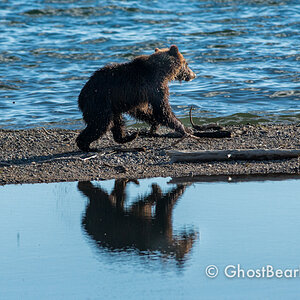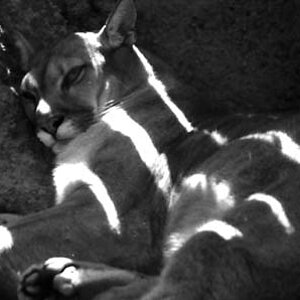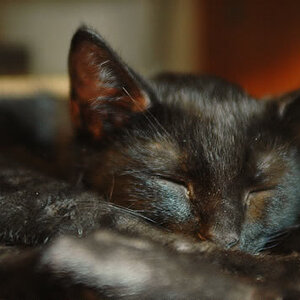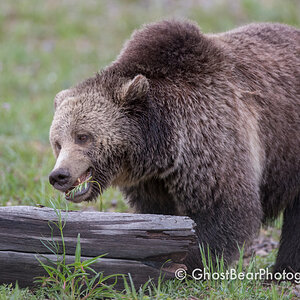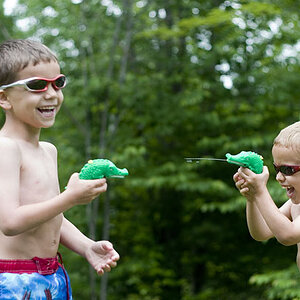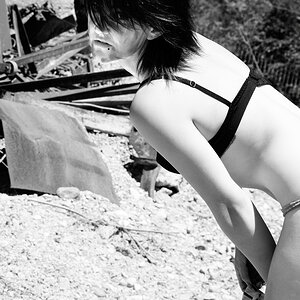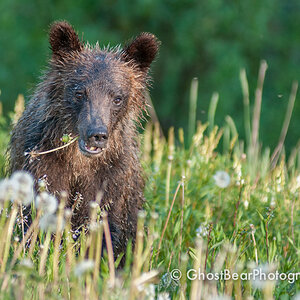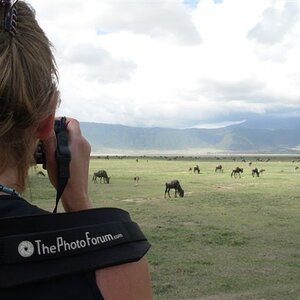garygruber
TPF Noob!
- Joined
- Dec 13, 2022
- Messages
- 36
- Reaction score
- 50
- Website
- garygruberphotography.com
- Can others edit my Photos
- Photos NOT OK to edit
Learning to light can be a very difficult challenge. I've been at it well over 50 years now and have found a remarkably simple solution that can yield extraordinary results. Being good with my hands, I constructed a 6' x 6' x 6' frame from PVC pipe and drape surplus parachute material over it. You can use a tent like this outside with no additional hardware, or inside with only a single strobe. This image was done with a single, very old Norman 2000ws unit. It was shot on a Mamiya RZ-67.
If you look at the catch light in the eyes you can see where the strobe was positioned outside the tent.

If you look at the catch light in the eyes you can see where the strobe was positioned outside the tent.




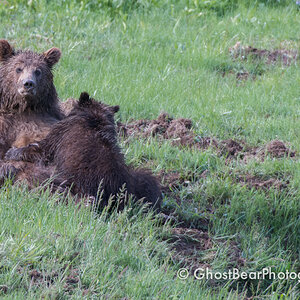
![[No title]](/data/xfmg/thumbnail/36/36651-948fc64542c147745d3f3c48bce31dce.jpg?1619737673)
